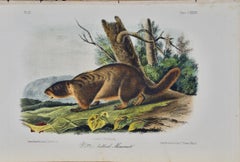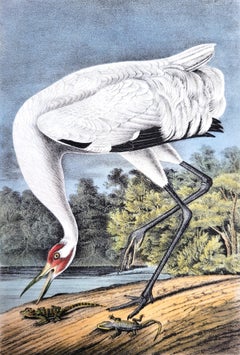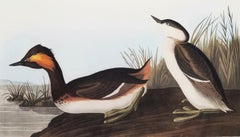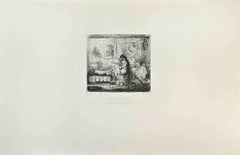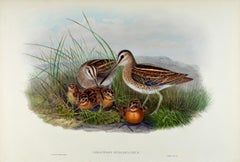19th Century Animal Prints
Naturalistic 19th Century Animal Prints
Lithograph
American Realist 19th Century Animal Prints
Lithograph
Victorian 19th Century Animal Prints
Watercolor, Lithograph
Victorian 19th Century Animal Prints
Watercolor, Engraving, Aquatint, Intaglio
Modern 19th Century Animal Prints
Drypoint, Etching
Naturalistic 19th Century Animal Prints
Lithograph
Naturalistic 19th Century Animal Prints
Lithograph
Modern 19th Century Animal Prints
Lithograph
Naturalistic 19th Century Animal Prints
Lithograph
Modern 19th Century Animal Prints
Lithograph
Modern 19th Century Animal Prints
Lithograph
Naturalistic 19th Century Animal Prints
Lithograph
Naturalistic 19th Century Animal Prints
Lithograph
French School 19th Century Animal Prints
Engraving
Romantic 19th Century Animal Prints
Lithograph
Victorian 19th Century Animal Prints
Watercolor, Lithograph
Naturalistic 19th Century Animal Prints
Aquatint
Naturalistic 19th Century Animal Prints
Engraving
Victorian 19th Century Animal Prints
Watercolor, Lithograph
Naturalistic 19th Century Animal Prints
Lithograph
Impressionist 19th Century Animal Prints
Lithograph
Victorian 19th Century Animal Prints
Watercolor, Lithograph
Realist 19th Century Animal Prints
Paper, Watercolor, Lithograph
Modern 19th Century Animal Prints
Paper, Lithograph
Modern 19th Century Animal Prints
Paper, Lithograph
Naturalistic 19th Century Animal Prints
Lithograph
Naturalistic 19th Century Animal Prints
Lithograph
Naturalistic 19th Century Animal Prints
Lithograph
Naturalistic 19th Century Animal Prints
Aquatint
Naturalistic 19th Century Animal Prints
Lithograph
Naturalistic 19th Century Animal Prints
Engraving, Etching
19th Century Animal Prints
Engraving, Mezzotint
Naturalistic 19th Century Animal Prints
Lithograph
Naturalistic 19th Century Animal Prints
Engraving, Etching
Naturalistic 19th Century Animal Prints
Lithograph
Realist 19th Century Animal Prints
Paper, Lithograph
Naturalistic 19th Century Animal Prints
Lithograph
Modern 19th Century Animal Prints
Lithograph
Naturalistic 19th Century Animal Prints
Lithograph
Naturalistic 19th Century Animal Prints
Lithograph
Modern 19th Century Animal Prints
Lithograph
Victorian 19th Century Animal Prints
Lithograph
Naturalistic 19th Century Animal Prints
Lithograph
19th Century Animal Prints
Lithograph
Naturalistic 19th Century Animal Prints
Lithograph
Naturalistic 19th Century Animal Prints
Lithograph
Realist 19th Century Animal Prints
Lithograph
Naturalistic 19th Century Animal Prints
Engraving
Naturalistic 19th Century Animal Prints
Aquatint
Naturalistic 19th Century Animal Prints
Lithograph
Naturalistic 19th Century Animal Prints
Lithograph
Romantic 19th Century Animal Prints
Lithograph
Naturalistic 19th Century Animal Prints
Lithograph
19th Century Animal Prints
Lithograph
19th Century Animal Prints
Aquatint
French School 19th Century Animal Prints
Watercolor, Woodcut
Naturalistic 19th Century Animal Prints
Etching
Impressionist 19th Century Animal Prints
Etching
Naturalistic 19th Century Animal Prints
Lithograph
Barbizon School 19th Century Animal Prints
Laid Paper, Etching
